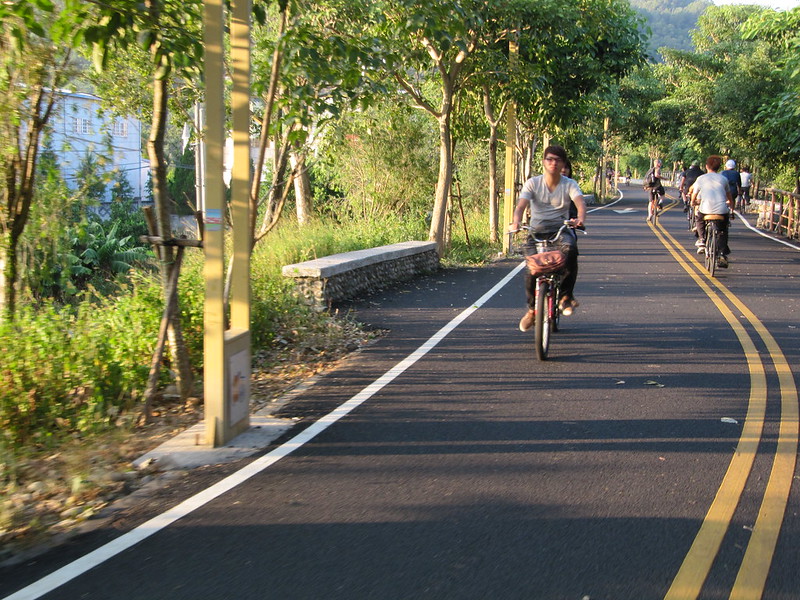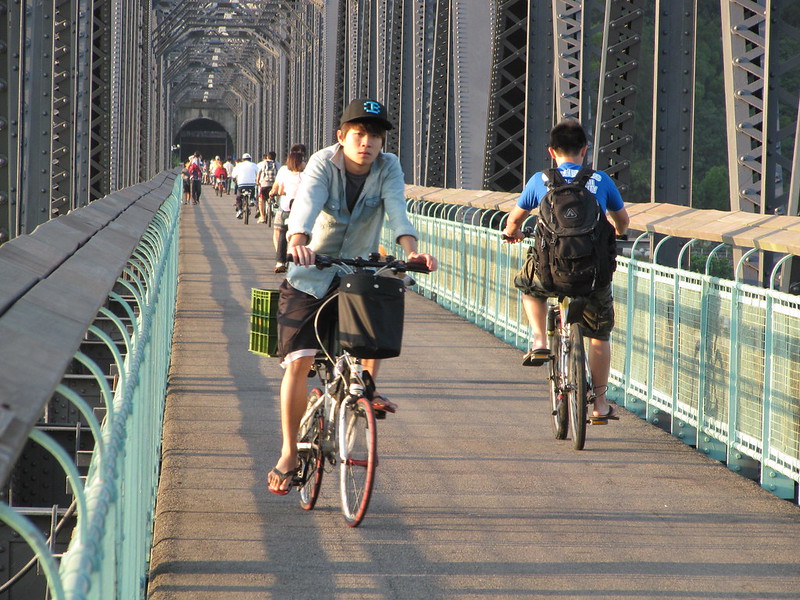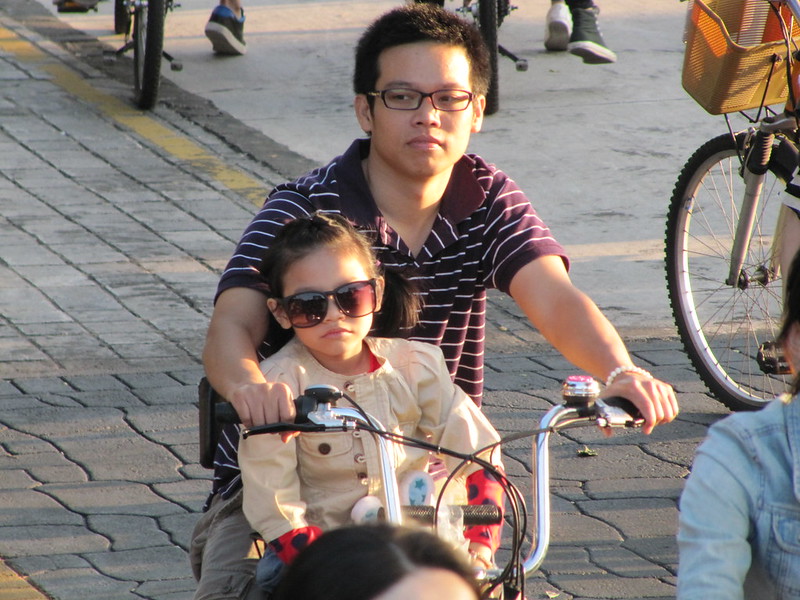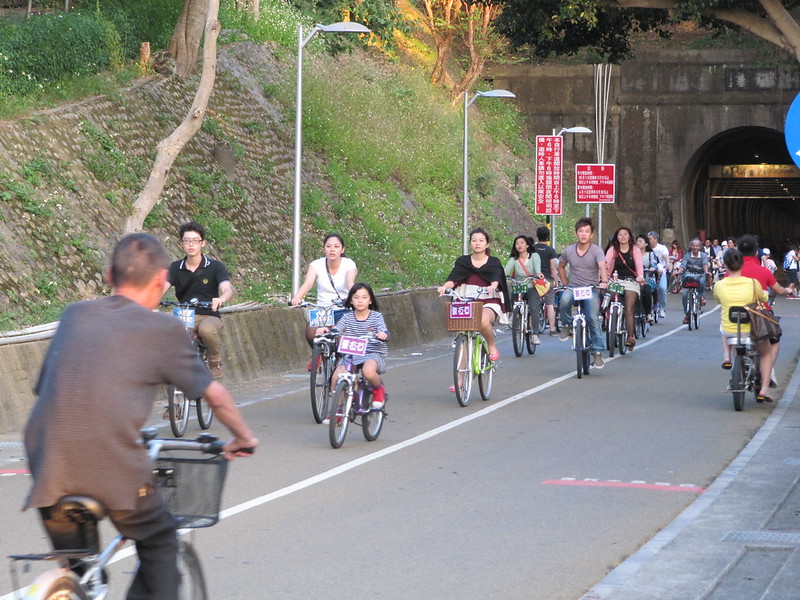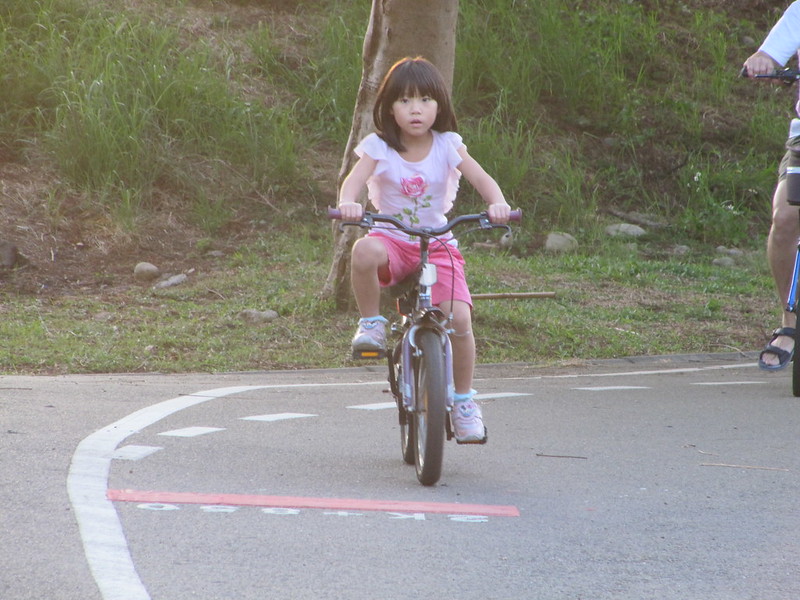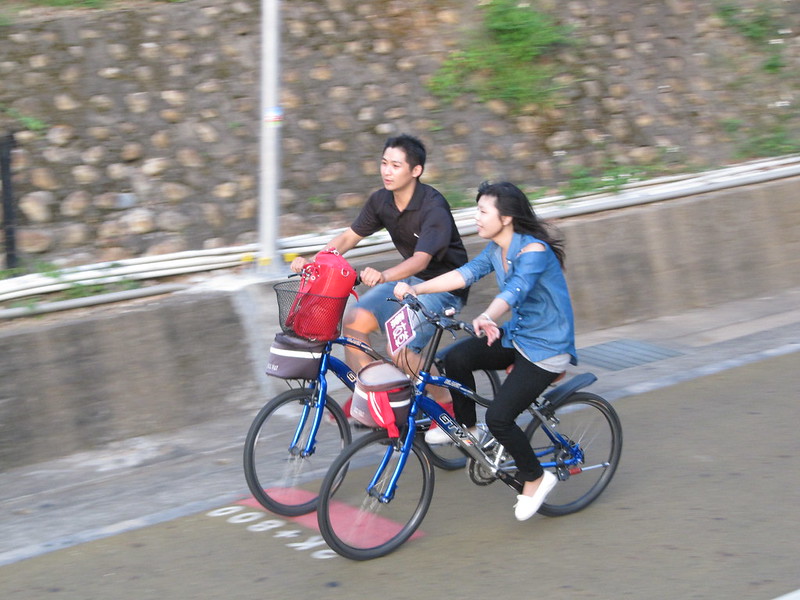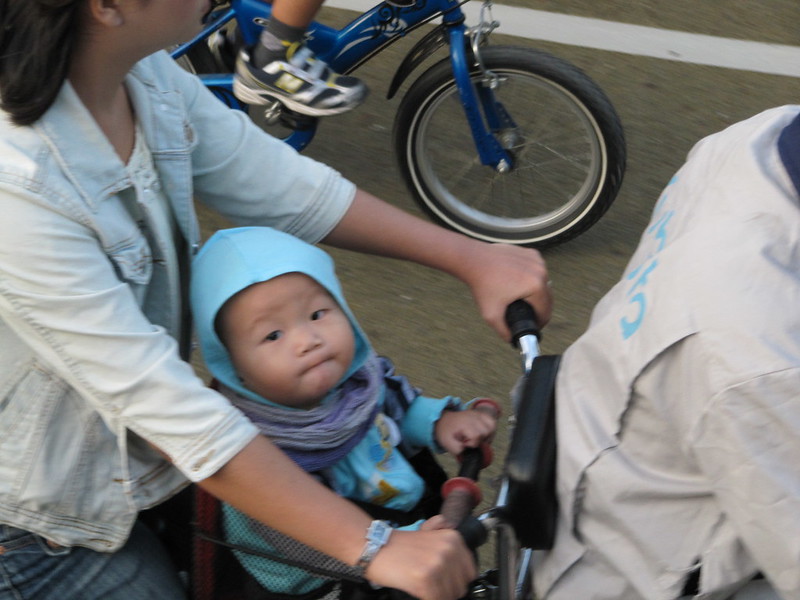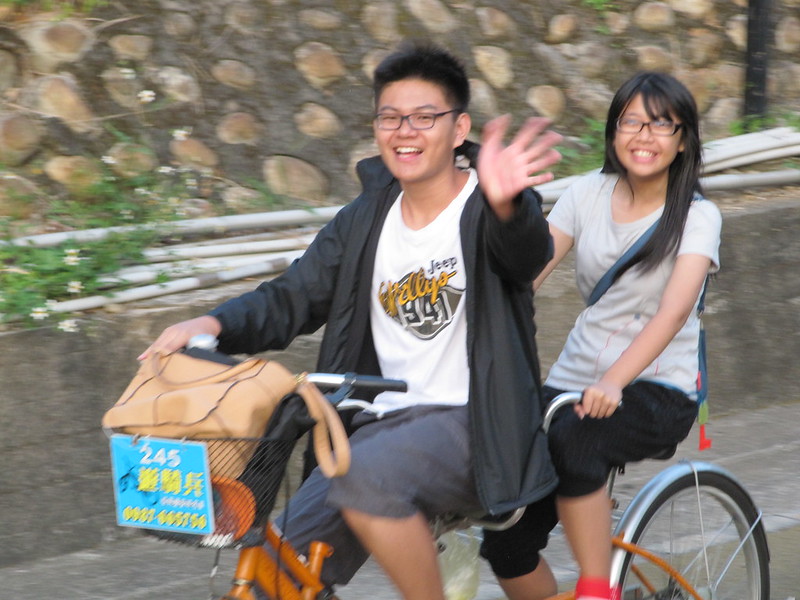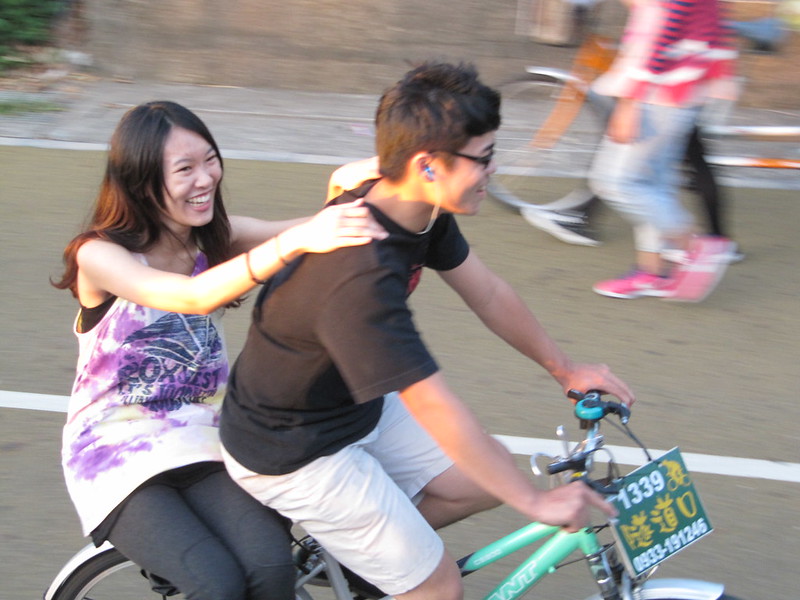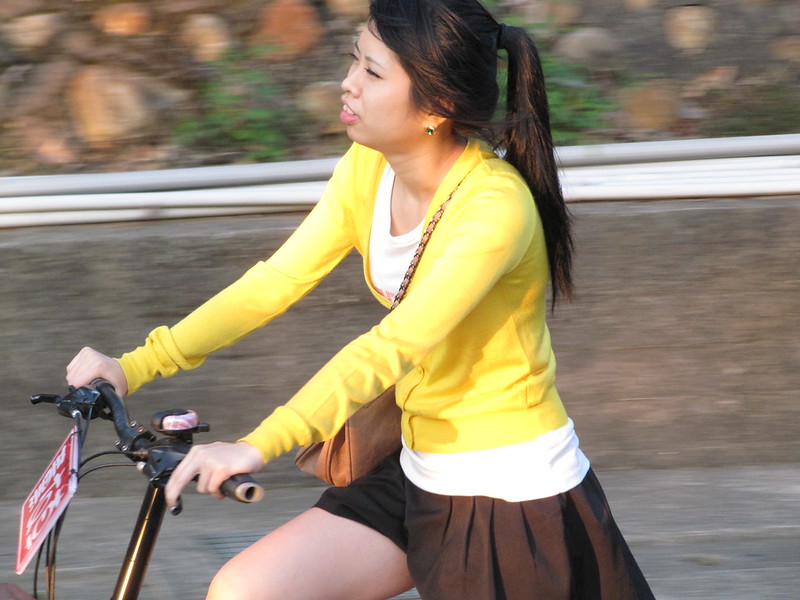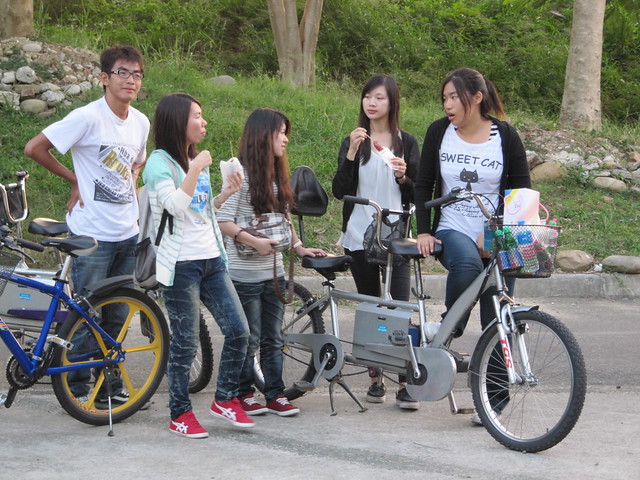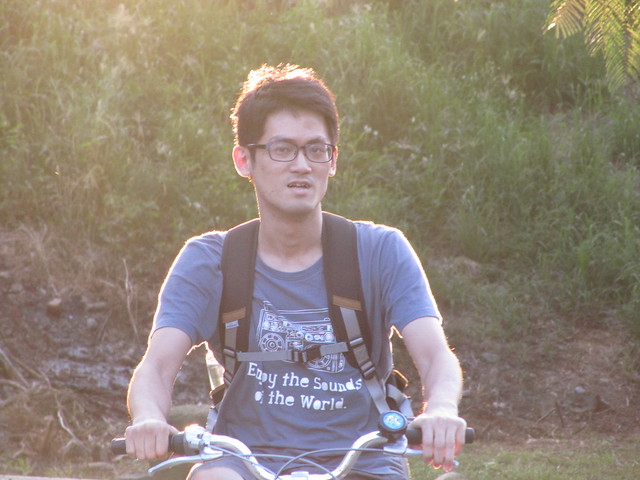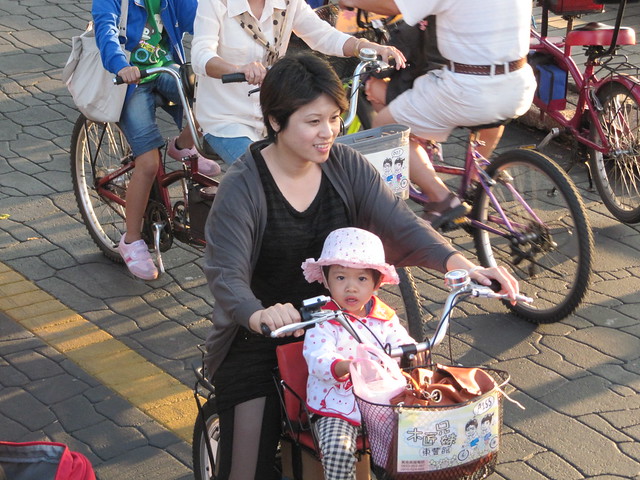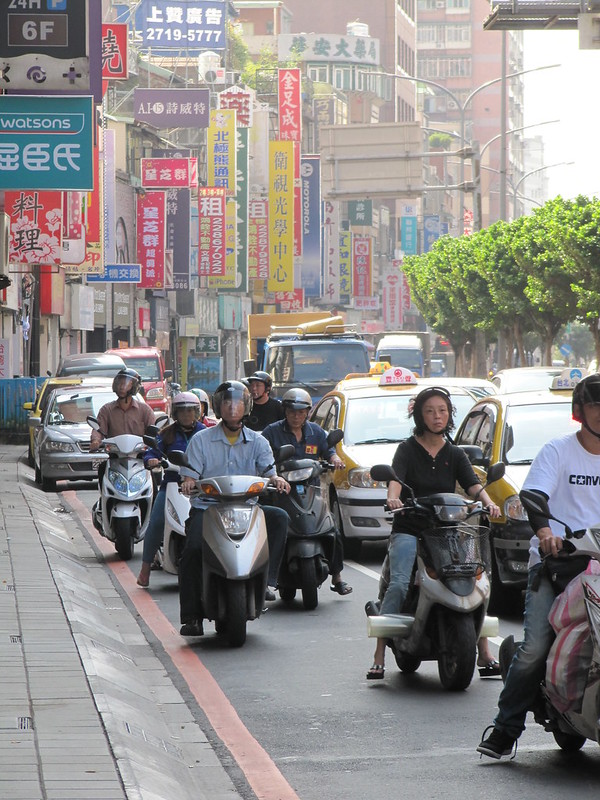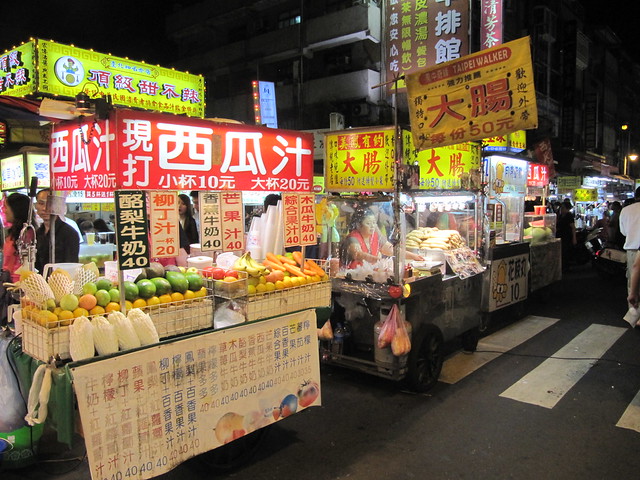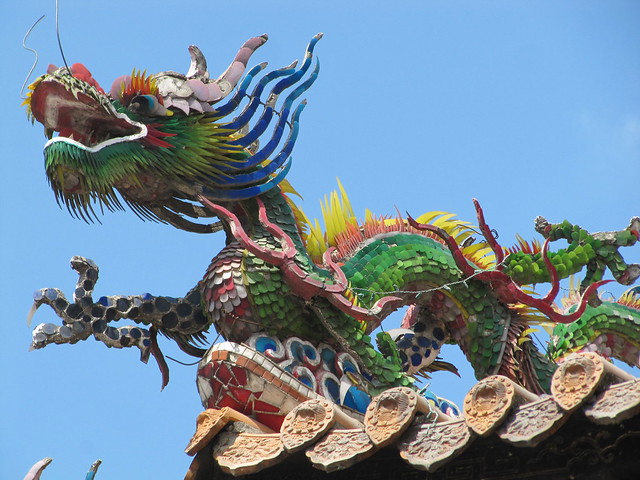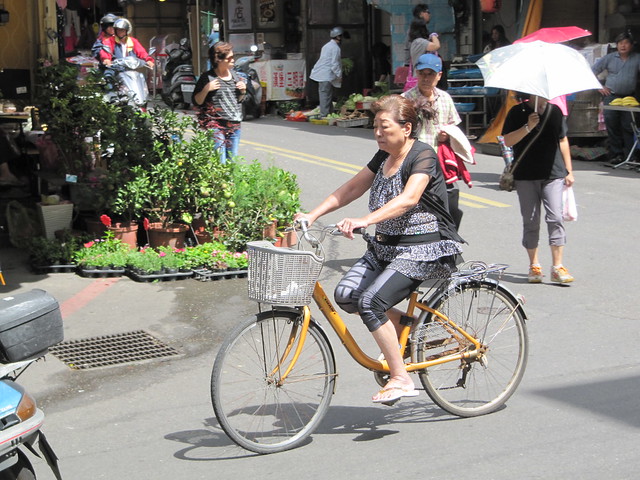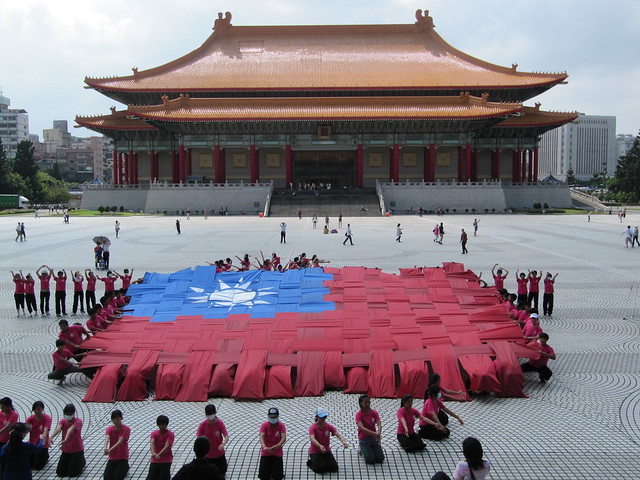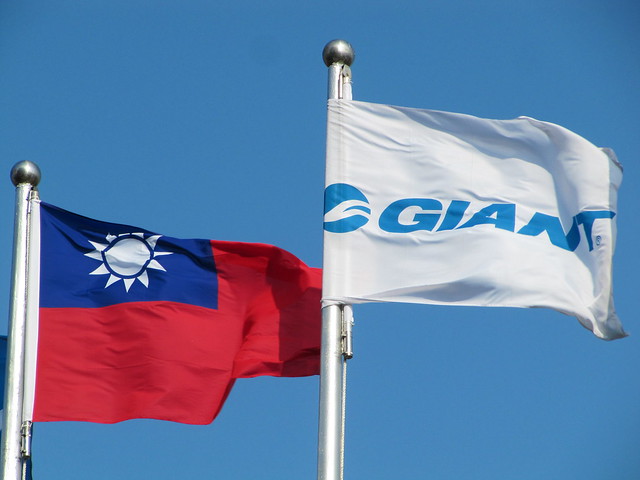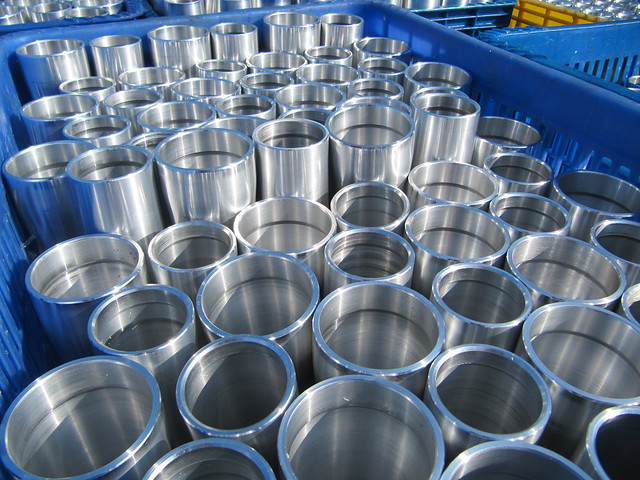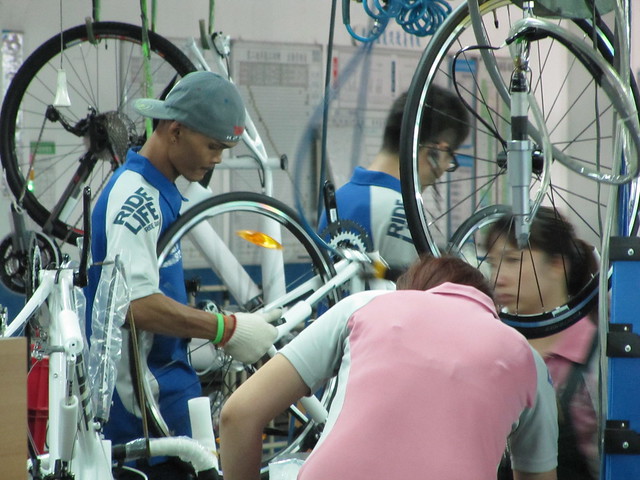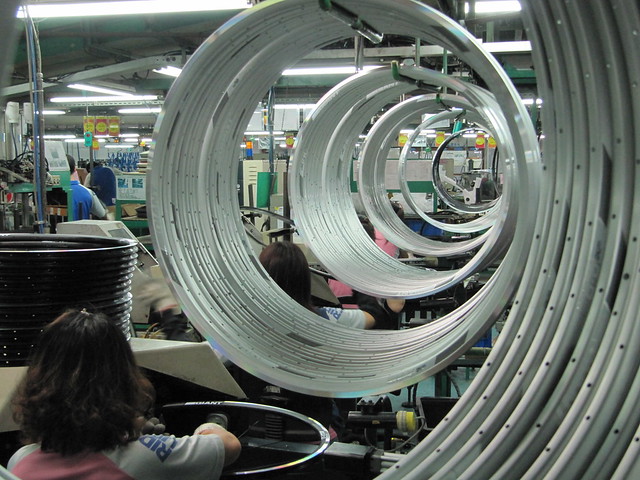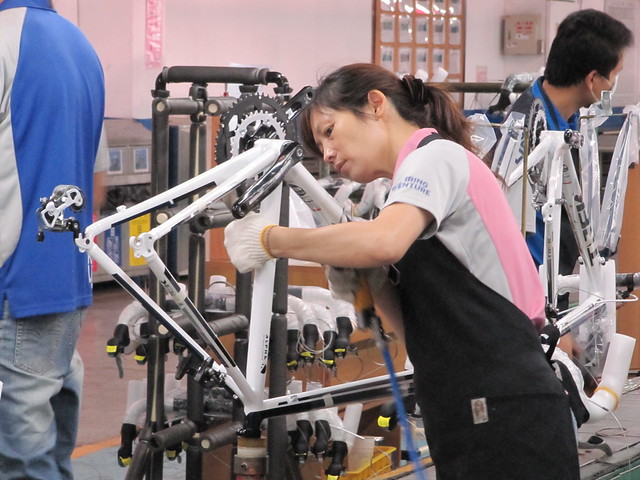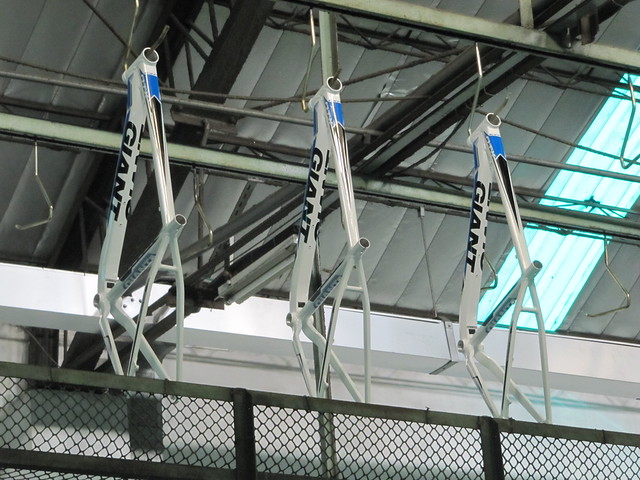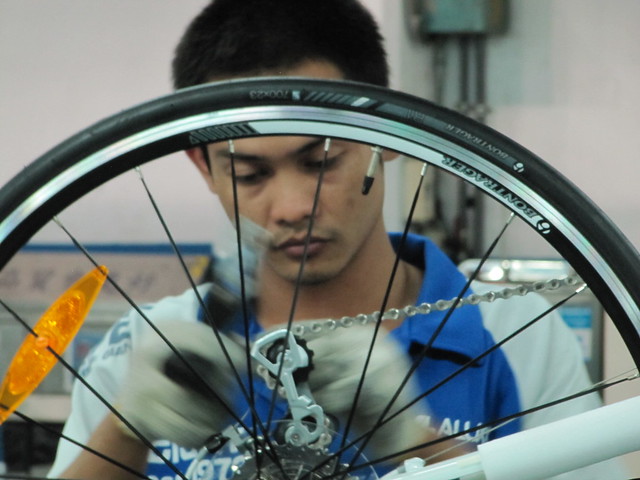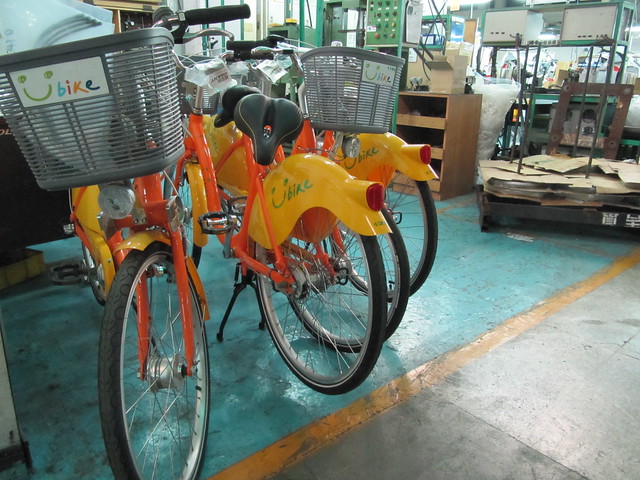- Length: Approx 12 kms
- Time: Allow all afternoon, including picnic and temple visits
- Metro stop: Danshui (Tamsui), the final stop on the red MRT line, approximately 40 minutes from Taipei Main Station
The charming port towns of Tamsui and Bali, either side of the Tamsui river basin, were once the bustling fishing ports of Taipei City - first settled by the Spanish in the 1600s. Nowadays they have a much more relaxed holiday atmosphere and are a popular spot where city dwellers go to enjoy the sea air and take in the view of the sunset, but they're also the location of one of Taipei's most rewarding bike rides.

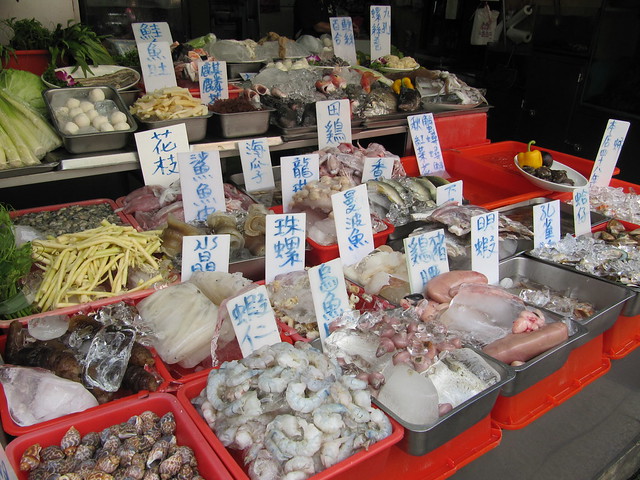



Head out on the red MRT line to Danshui train station, an approximately 40 minute air conditioned ride from Taipei main train station. Danshui (Mandarin) is also spelt and pronounced Tamsui (Taiwanese) but don't be alarmed, they're one and the same place. On exiting the station cross the road and head north to Tamsui market - there's no signs but follow the crowds of people disappearing into a narrow alleyway and you'll find yourself transported in to an intense, bustling Taiwanese market where you can stock up on fresh fruit and drinks for your bike ride. At the end of the market lane is a
Giant bicycle store where staff speak English and accept credit cards, and there's a wide range of good quality bicycles available for hire. Other bike hire outfits can be found clustered around the station but quality varies so choose your ride carefully. If you're travelling with your own bike you can bring it with you on the MRT - just board the train where the blue bicycle symbols direct you.
Once you've stocked up with fluids and adjusted your saddle height, head for the river itself (south of the MRT station). Here you'll have your first encounter with the wide, smooth shared use bike trails that will become a key feature for the day. Head back towards the city (east) - the bike trail will climb a small hill by the old oyster house before beginning to run alongside the MRT line. The bike trail itself also serves as the service road for the basin flood defences hence why it is so wide, but here on this side of the sea wall the basin is almost untouched and wild mangroves climb right up to the edge of the bicycle path. Keep on the path, passing the mangrove workers and their roadside fruit stalls, and let your mind start to unwind.



The mangroves are particularly unspoilt around Haongshulin station, a little further down the path. Bring your camera and keep your ears peeled for the song of some of the Tamsui basin's distinctive wildlife. Just behind you, on the other side of the flood defence, is the high rise bustle of the city, but here at the water's edge you could be a thousand miles away from it all.
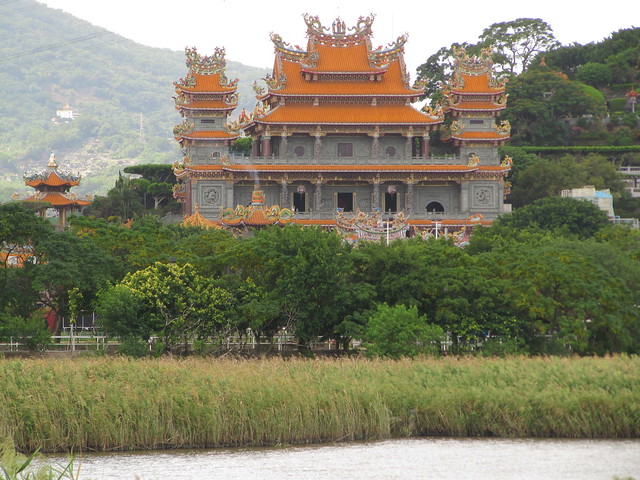
Continue upriver past the distinctive red Guandu Bridge, following the path till it reaches the sprawling Guandu Temple complex in Zhixing. Approached from the west this temple doesn't look too inviting, towering as it does over a busy road and coach park, but there's a big reward for those who persevere. Go into the temple tunnels at the foot of the hill and follow them up and in to the temple proper. Then, climb the stairs and winding paths to the peaceful and little-visited terraced gardens that rise above the temple buildings. The temple - dedicated to the god of sailors, Mazu - is particularly famous for the intricate statuary perched on the roof, and climbing the terraces brings you level with where dragons come down from the skies to rest upon the rooftops and blue clouds of incense billow up to greet them.

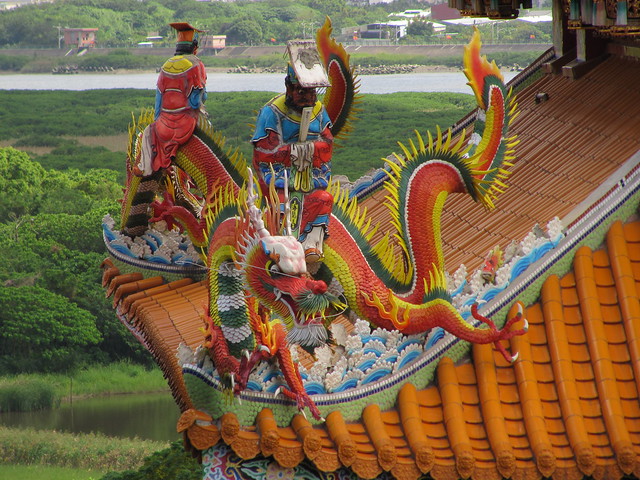

The view ahead to the city is incredible on a clear day too. Though you're standing in the tranquility of the temple gardens, ahead of you the Taipei 101 Tower stretches for the skies in the distance whilst tiny looking aeroplanes skid in to land at the domestic airport.
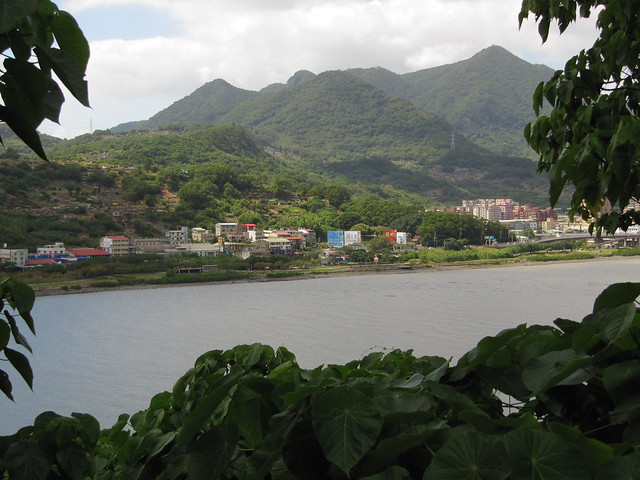
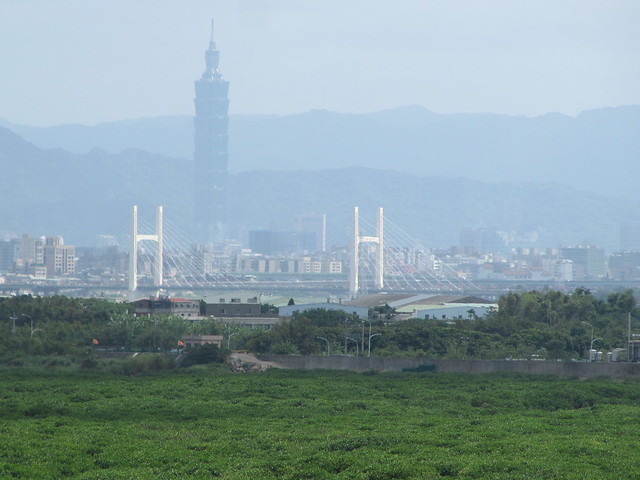
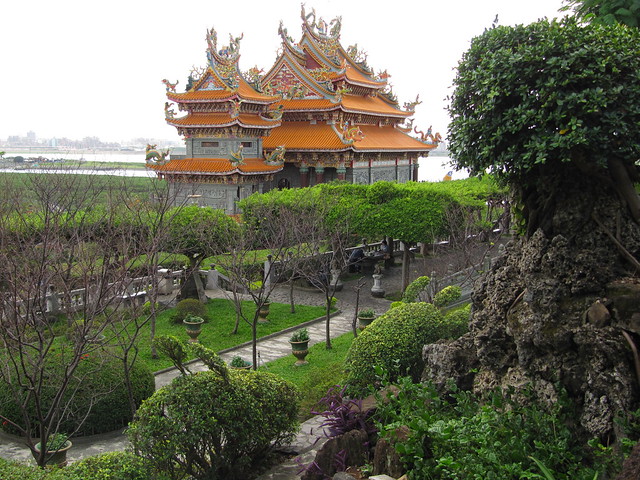
After your visit to the temple, hop back on the bikes and head back towards the red Guandu Bridge spanning the river which you passed beneath earlier. Ride the ramps up to the top, but don't worry, you won't have to fight with the thundering traffic as there are
superb separated cycleways on the bridge to keep you safe.
As you come down from the bridge (use the off ramp for bicycles rather than following the road all the way to the end of the bridge), join the bicycle path running underneath. Look out for the old folk practising karaoke in the make-shift bars here, but specifically keep your eyes peeled for the Frog Bicycle Cafe, just after you've passed back under the bridge. This is the best place to stop on the ride for lunch; the cafe is a centre for all things cycling and was set up by Taiwanese adventurer Yang Ming-Huang who set it up after his own round-the-island bike ride in 2008. Yang's beautiful photos of Taiwan cover the walls, and small tickets adorned with good luck charms left by people who have started (and finished) their own round-the-island rides here at the Frog Cafe hang from the ceiling. If you need it your bike can get a quick service here, the Oolong tea is fantastic and the club sandwiches are out of this world. Why not stop for lunch at this bike friendly halt before pressing on?
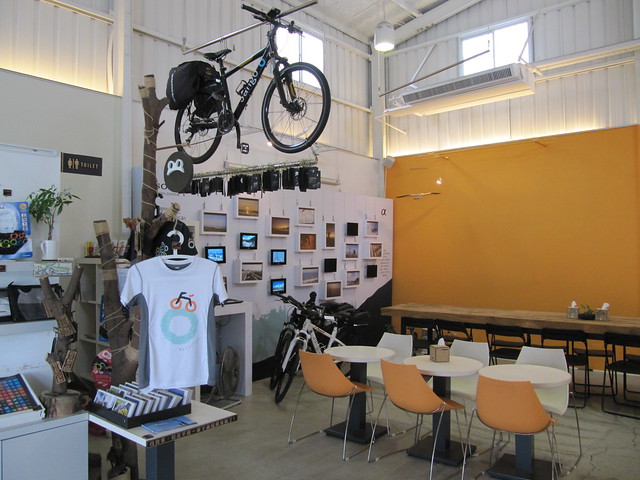

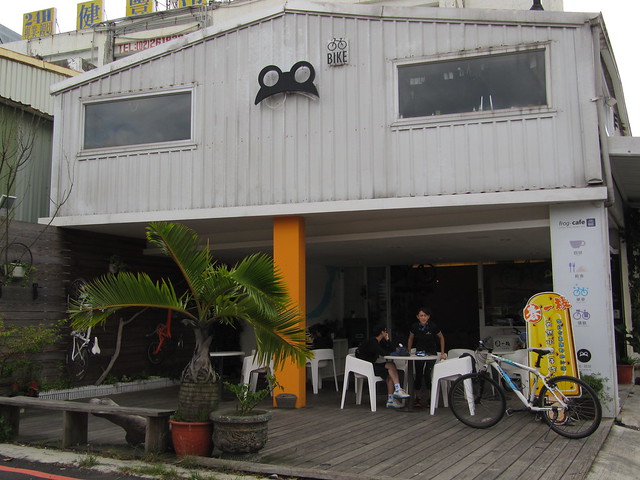
The path from Guandu Bridge to Bali is even wider on the south bank and has been extensively landscaped which makes for a very pretty ride. At times you're zipping along beneath the bowers of fig trees, at other times riding along on boardwalks hanging over the water. I was joined on this stretch of the ride by some of the staff from
Tern Bicycles, who are based a few kilometres downstream, and were out enjoying the fruits of their labour; a selection of fantastically robust as well as comfortable and practical folding bikes.

CEO Josh Hon took time to explain what the bike paths meant to his company; "You don't hear us talking about folding bikes - we think of ourselves as part of urban transport. The fold is just one of the keys to getting around by bike."
As part of that belief in the bike as a part of the urban fabric, Josh and his team like to get out there and be part of it all on two wheels, "Taipei is a good example of what happens when a city invests in infrastructure. 6 to 8 years ago there were no bikes and now we have a new domestic market of leisure cyclists and recreational users on these riverside paths. At weekends we have bike traffic jams - it's a nice problem to have!" I take a spin on the Tern Eclipse and like its speed and sense of veracity for a folding bike. I'm mightily impressed when Josh stops to help a passing cyclist who has a puncture - he flips open the handlebar ends on his bike to reveal hidden tools, and slides out the entire seat post which
doubles up as a track pump. When he's done he checks his emails on his handlebar-mounted iPhone which is being powered by the dynamo hub in his wheel - Tern appear to be building James Bond bikes!
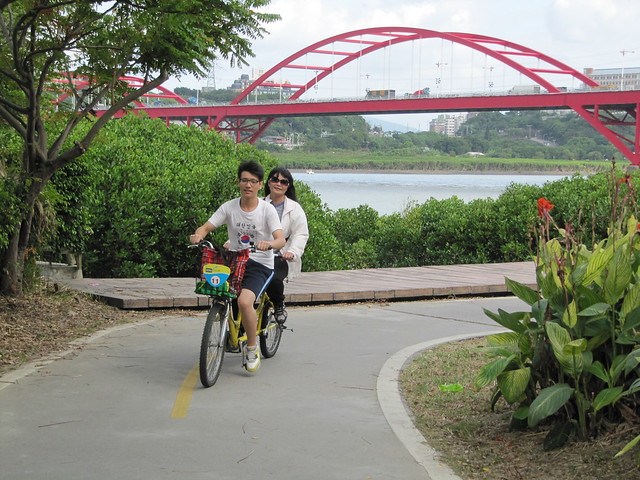
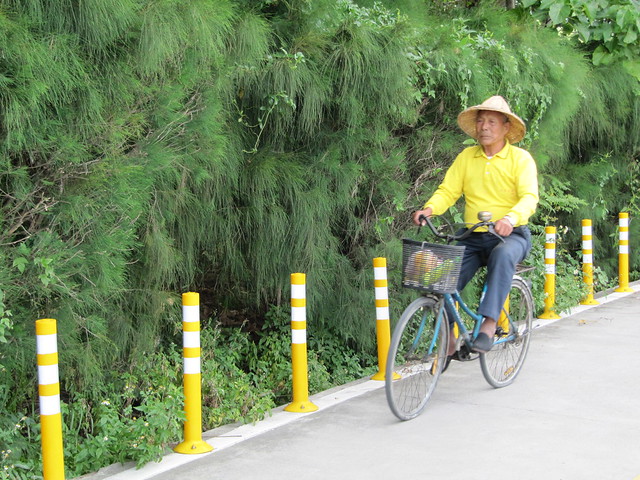
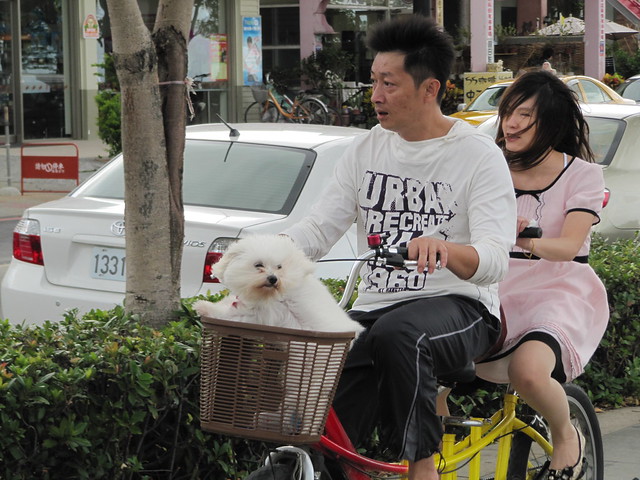
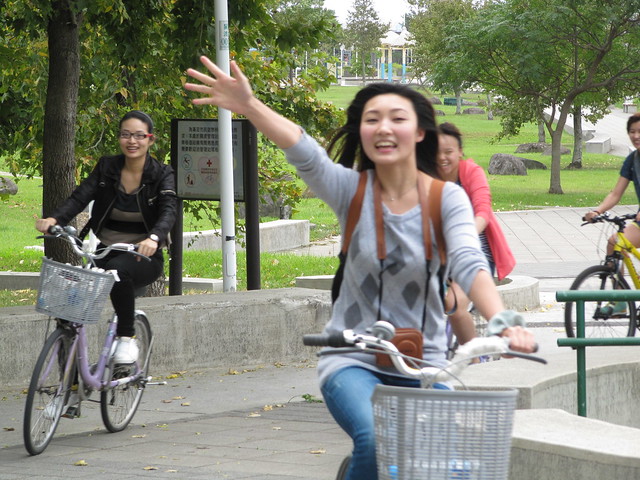
Josh is right to pinpoint the leisure paths as the source of an entirely new market in Taipei - they are rightfully very popular because of the very high standard to which they've been built. Funding has come from central government who are starting with the "low hanging fruit" with the off-road paths that hug the river. From here, if you wished, you could cycle for KM after KM all the way to Taipei and around the city river system. The paths, with their signs, sculptures and smooth surfaces are second to none and far outstrip any cycling provision built in London. Having built the "easy" paths they've stimulated enough interest (and users) to be able to justify starting to build cycle tracks on streets and roads away from the rivers, which there's now a waiting market for, ready to use. Let's hope Taiwan keeps to its high standards of design and construction when it comes to building these more difficult paths - if they do then they will really have a cycling revolution on their hands.
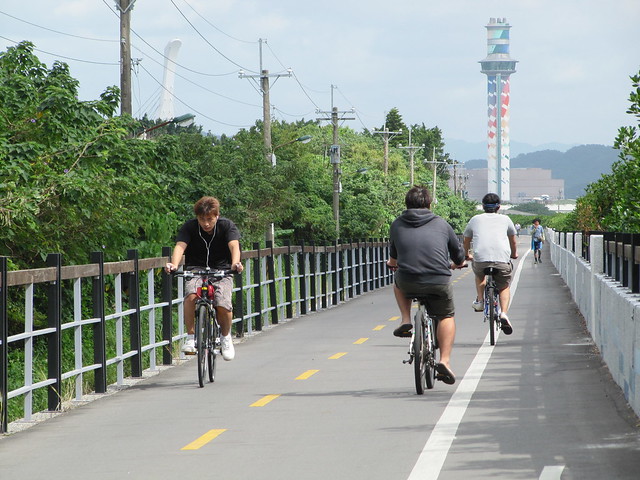
We press on, past sculptures by the sea and brightly painted traditional fishing boats. It's a Friday afternoon but there's a constant stream of people riding bikes - from teenagers, to elderly courting couples out for a ride together. Tandems, and baskets for either the family dog - or baby - seem particularly popular.
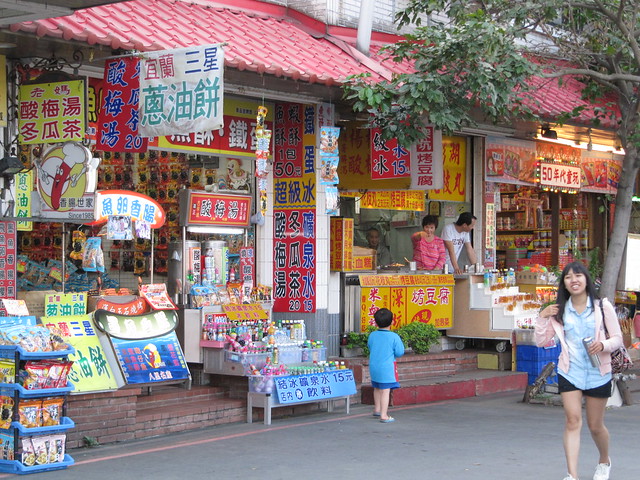


Colourful Bali quayside
On your ride, keep following the path towards the mouth of the river and the sea before you reach the colourful small town of Bali which marks the end of your ride. You can stop here for some frozen mangoes or sweet tea before taking the ferry back across the basin to Tamsui. It leaves every ten minutes or so and you pay (cash only) just before boarding. Bicycles are allowed; just push your bike down the jetty and wait.
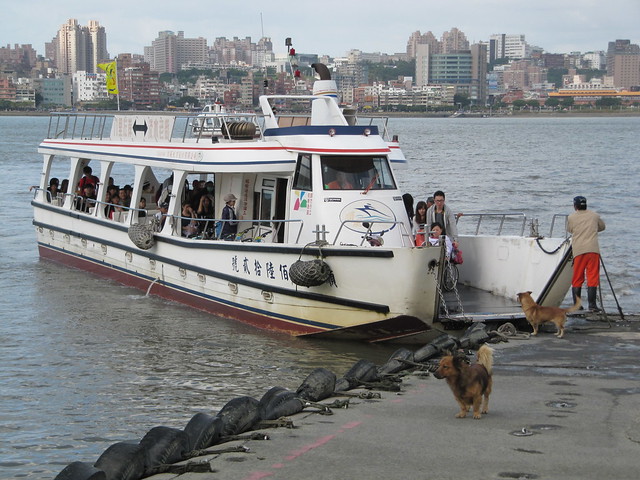
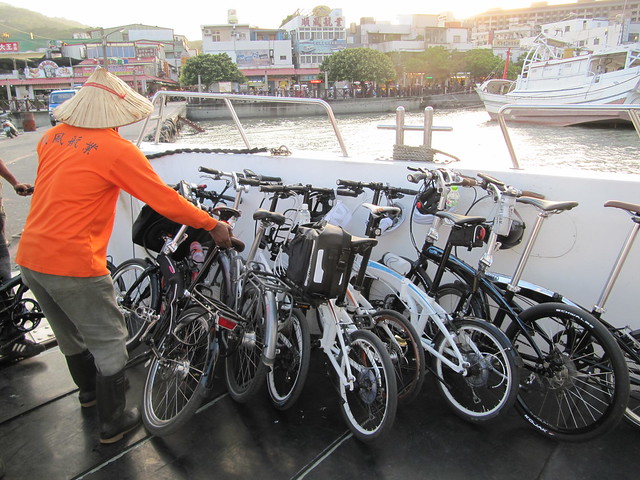
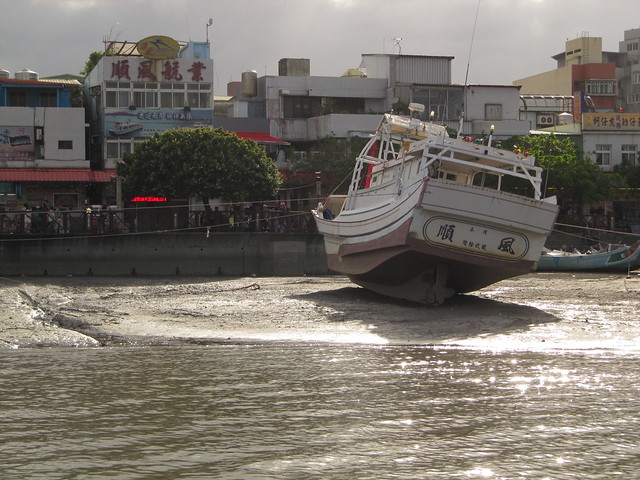
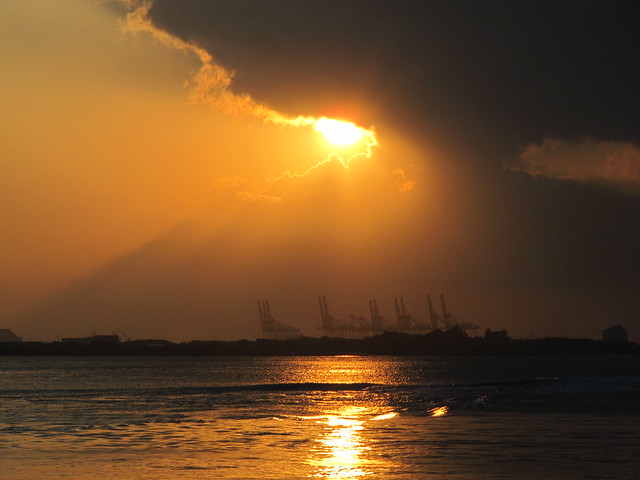
Back in Tamsui the sun is beginning to set and, having returned the hire bikes, it is time for a well deserved beer as the day winds down. Locals flock here to enjoy the views, and who can blame them? Despite being just a short MRT ride from the city the town really has a perpetual sense of holiday about it. Enjoy that beer, you've earnt it! When I got back to my hotel that evening I collapsed in to bed in a tired, contented heap, and dreamt of temple dragons and Taiwanese bike paths.

It's Taiwan Bike Week here on ibikelondon -
check out our previous post introducing the Bicycle Kingdom.
Share |


